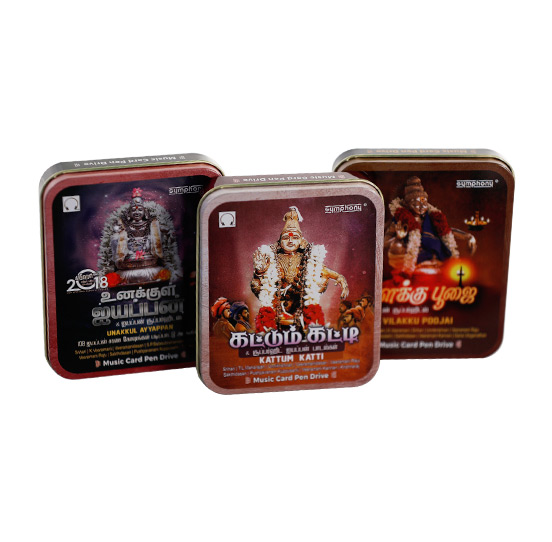In today’s competitive market, packaging plays a crucial role in not just protecting products but also in shaping consumer perceptions and influencing purchasing decisions. Among the myriad of packaging options available, tin plate packaging stands out for its durability, versatility, and eco-friendly attributes. In this article, we delve into the success stories of top brands that have embraced tin plate packaging, exploring the reasons behind their choice and the best practices they employ.
Why Tin Plate Packaging?
Tin plate packaging, made from thin sheets of steel coated with tin, offers a range of benefits that make it a preferred choice for various industries. Its durability ensures the safe transportation and storage of goods, protecting them from external elements such as moisture, light, and air. This durability also contributes to the overall sustainability of the packaging, as tin plate containers can be reused and recycled multiple times without compromising their integrity.
Moreover, tin plate packaging provides an excellent surface for branding and design. Its smooth surface allows for vibrant and intricate artwork, enabling brands to create eye-catching packaging that enhances product visibility and appeal on store shelves. Additionally, tin plate packaging can be customized to meet specific size and shape requirements, offering brands flexibility in packaging design and functionality.
Success Stories
- Campbell’s Soup: The iconic red and white cans of Campbell’s Soup have been a staple in households for generations. The company’s decision to use tin plate packaging dates back to the late 1800s when it adopted the innovative packaging technology to preserve the freshness and flavor of its soups. Today, Campbell’s continues to rely on tin plate packaging for its products, maintaining its commitment to quality and sustainability.
- Nestlé: As one of the world’s largest food and beverage companies, Nestlé understands the importance of packaging in ensuring product safety and consumer satisfaction. Nestlé’s use of tin plate packaging for its canned goods, including fruits, vegetables, and pet foods, reflects its dedication to delivering high-quality products that meet the needs of consumers around the globe.
- L’Oréal: In the cosmetics industry, packaging plays a significant role in product differentiation and brand identity. L’Oréal, a global leader in beauty and skincare products, incorporates tin plate packaging into its product lines to convey luxury and sophistication. From metal lipstick cases to tin containers for skincare creams, L’Oréal’s use of tin plate packaging adds a touch of elegance to its offerings.
Best Practices
- Invest in Quality: Top brands understand that the quality of packaging reflects the quality of the product. Investing in high-quality tin plate packaging ensures that products remain fresh and intact throughout their shelf life, enhancing consumer trust and loyalty.
- Prioritize Sustainability: Sustainability is no longer just a buzzword; it’s a business imperative. Brands that prioritize sustainability by opting for recyclable and reusable packaging, such as tin plate, not only reduce their environmental footprint but also appeal to eco-conscious consumers.
- Embrace Innovation: The packaging industry is constantly evolving, with new technologies and materials emerging to meet changing consumer demands. Brands that embrace innovation by experimenting with new designs, functionalities, and materials, including tin plate, stay ahead of the curve and maintain their competitive edge in the market.
In conclusion, tin plate packaging offers a winning combination of durability, versatility, and sustainability that makes it a preferred choice for top brands across various industries. By investing in quality, prioritizing sustainability, and embracing innovation, these brands have successfully leveraged tin plate packaging to enhance their products’ visibility, appeal, and market success.





Comments